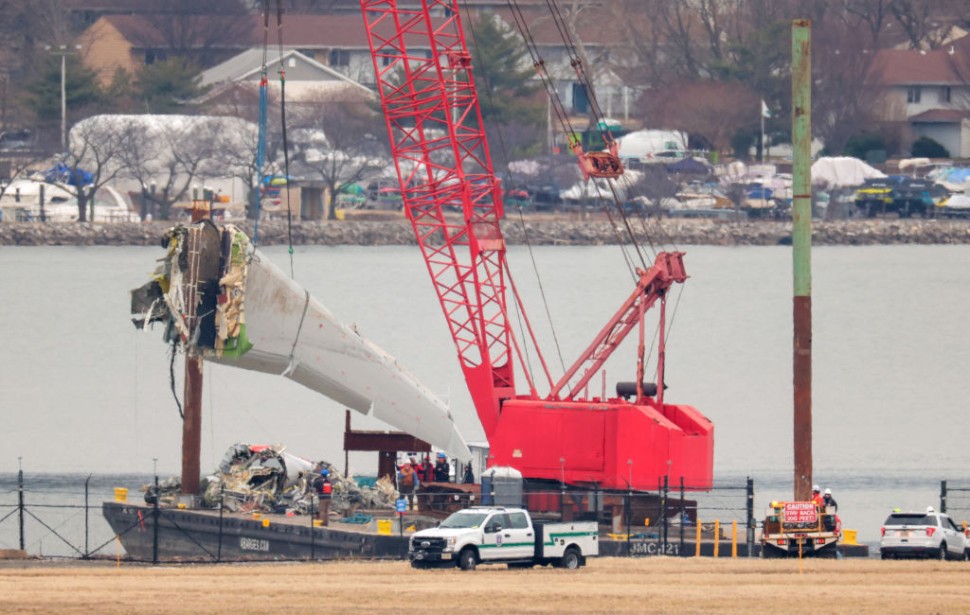
The pilot of the Black Hawk helicopter that collided with a passenger jet in January in Washington D.C. , an accident that left dozens of deaths, ignored a suggestion to change course just before the crash.
According to a detailed report in the New York Times, Chief Warrant Officer Andrew Loyd Eaves, who was the flight instructor and was acting as a co-pilot, suggested the helicopter turn left to create more separation from the descending passenger jet.
The newspaper detailed that Eaves suggestion took place 15 seconds before the crash and was not acted upon by the helicopter's pilot, Capt. Rebecca Lobach.
Earlier in the flight, when the helicopter and jet were still a mile apart, air traffic control asked if the helicopter crew had the jet in sight. A conflict alert can be heard sounding in recordings of the transmissions from the tower, the report added. The controller received no response from the helicopter crew and radioed them again, telling them to pass behind the jet.
It was after this transmission that Eaves told Lobach they should turn left.
Transportation Secretary Sean Duffy told the newspaper that such attempts at tight squeezes in the Washington D.C. air space are coming to an end.
"Having helicopters fly under landing aircraft, and allowing helicopter pilots to say, 'I'll maintain visual separation' — that is not going to happen anymore," Duffy told the newspaper. "That is too risky. You're threading the needle. And it's going to stop."
The collision killed 67 people. Fox News reported that there have been 85 near-misses or close calls at Reagan National Airport. The network reported that close calls were identified as incidents when there are less than 200 feet of vertical separation and 1,500 feet of lateral separation between aircraft.




